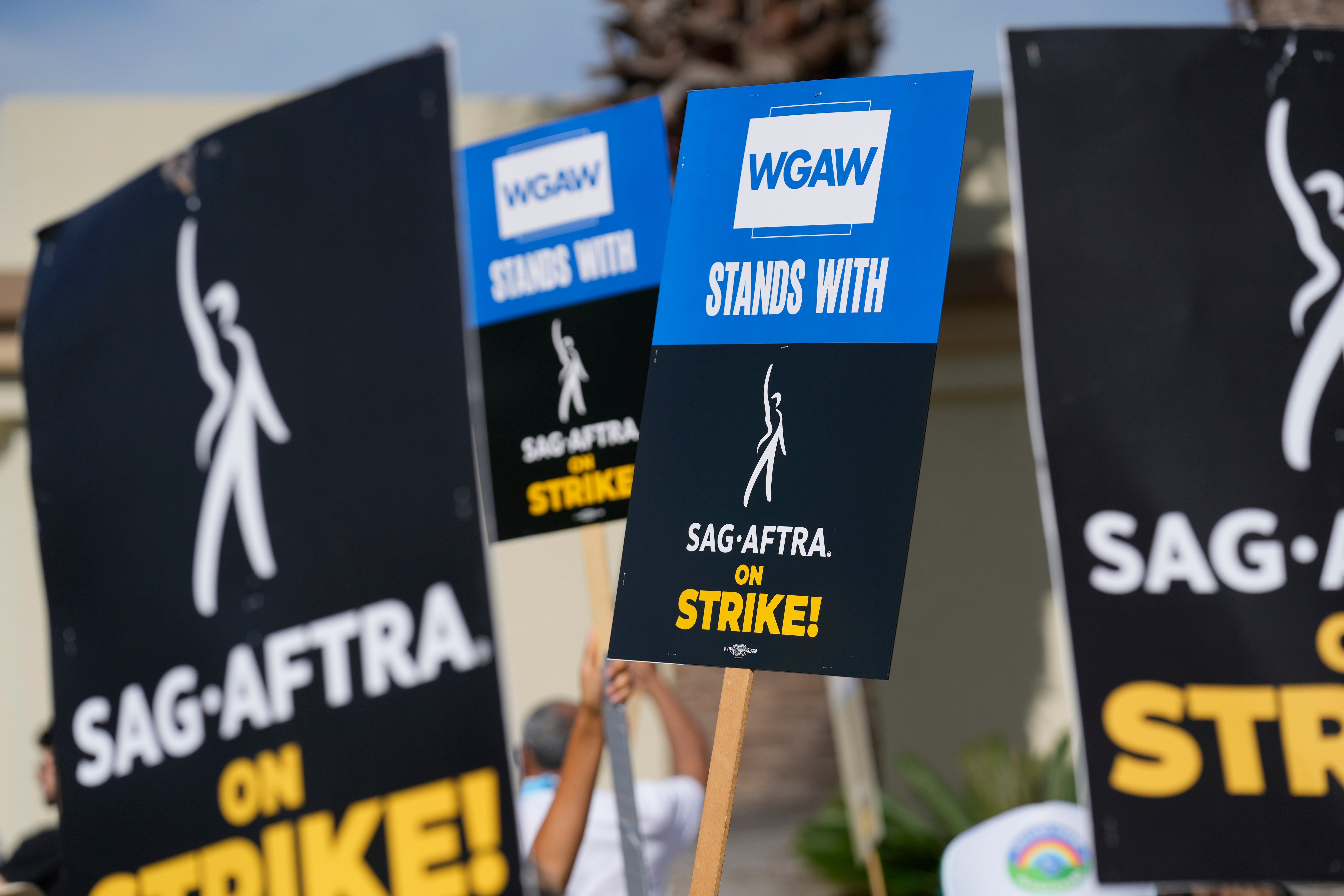US unions flexed their muscles last year, but membership rates failed to grow
Unions commanded big headlines last year, but that didn’t translate into higher membership numbers, according to government data released Tuesday

Unions commanded big headlines last year, but that didn’t translate into higher membership rates, according to government data released Tuesday.
The U.S. Bureau of Labor Statistics said 10% of hourly and salaried workers were members of unions in 2023, or around 14.4 million people. That showed little movement from 2022, when 10.1% of workers were union members.
The number of unionized workers in the private sector increased by 191,000 to 7.4 million last year. That includes workers at auto companies, Las Vegas hotels and Hollywood studios, all of whom went through high-profile contract negotiations in 2023.
Starbucks workers also continued a union drive last year, which has expanded to at least 370 U.S. stores. Workers have yet to reach a labor agreement with Starbucks at any of those stores.
But the percent of unionized workers in the private sector – 6% -- remained unchanged from the previous year, as unionization rates didn’t keep pace with overall hiring.
The unionization rate for public-sector employees, including government workers, teachers and police, was far higher, at 32.5%. But that sector didn’t see as much growth in employment. About 7 million public-sector workers were union members in 2023, which was unchanged from the year before.
Despite U.S. polls showing growing enthusiasm for unions, membership rates have been on a decades-long decline. In 1983, the first year for which comparable data are available, the U.S. union membership rate was 20.1% and nearly 18 million workers were union members, the Bureau of Labor Statistics said.
Men had a higher union membership rate last year, at 10.5%. The rate for women was 9.5%. And Black workers have a higher union membership rate, at 11.8%, than white workers, at 9.8%.
Subscribe to Independent Premium to bookmark this article
Want to bookmark your favourite articles and stories to read or reference later? Start your Independent Premium subscription today.
